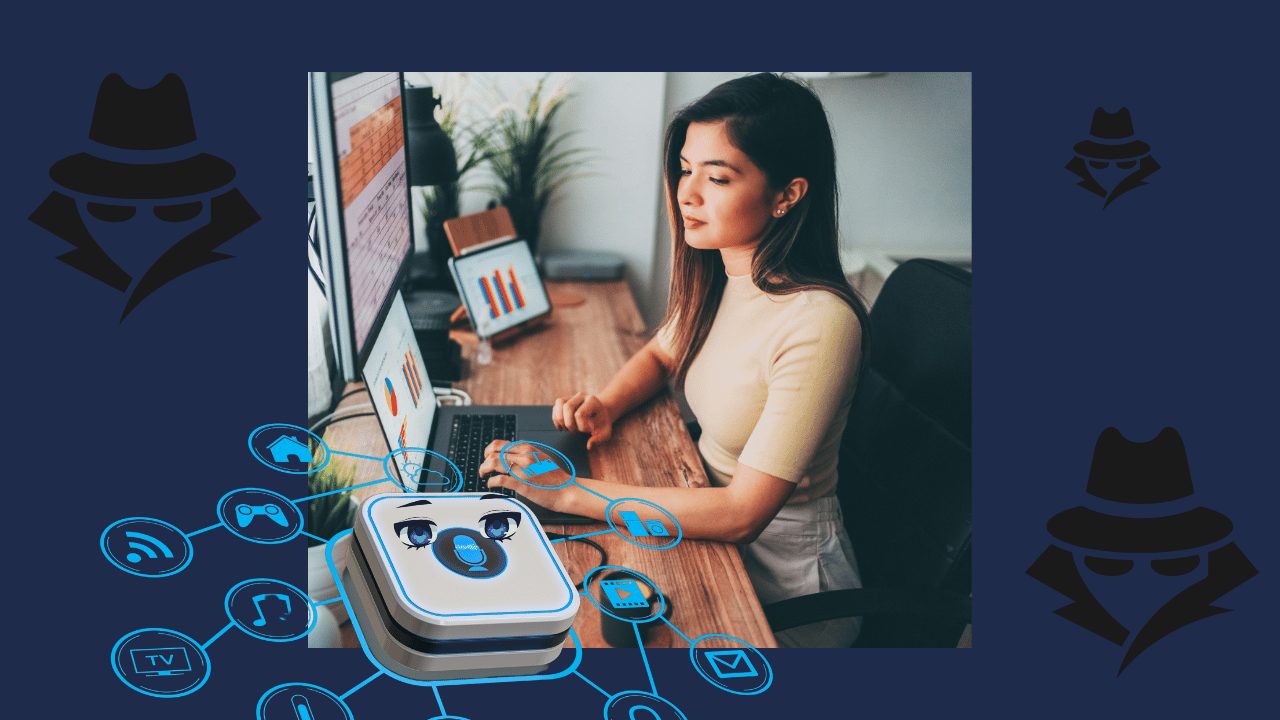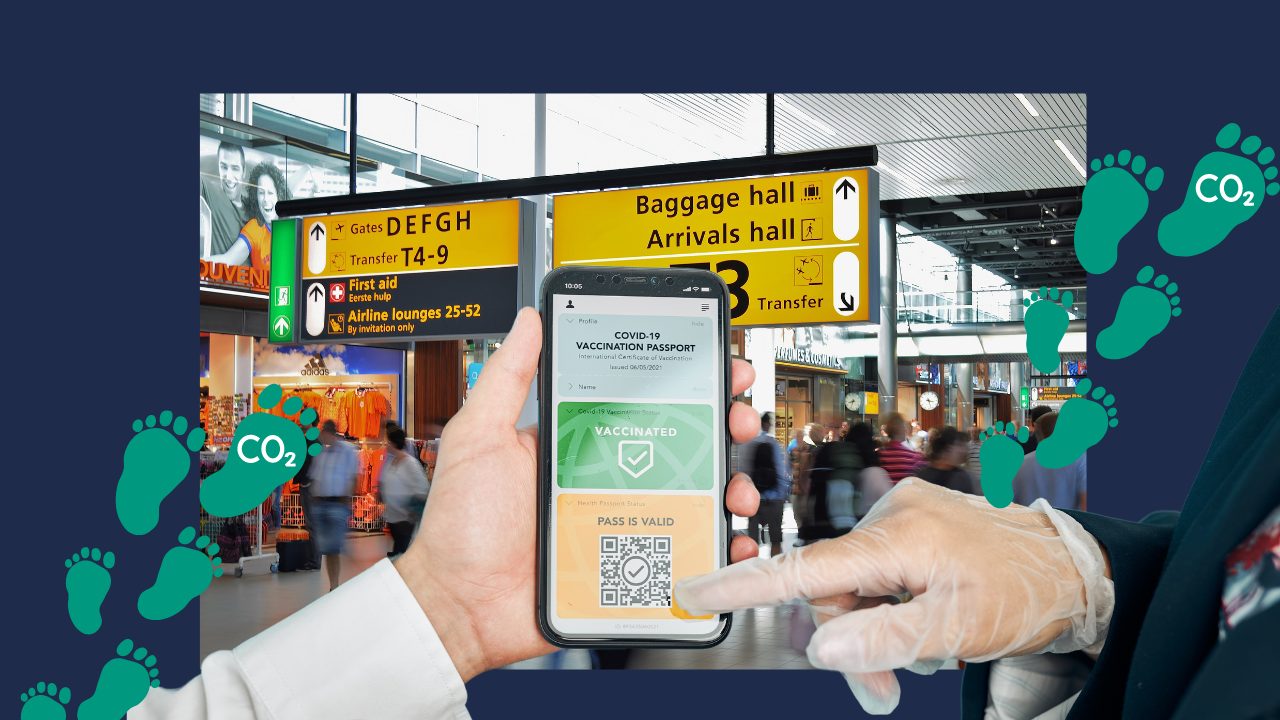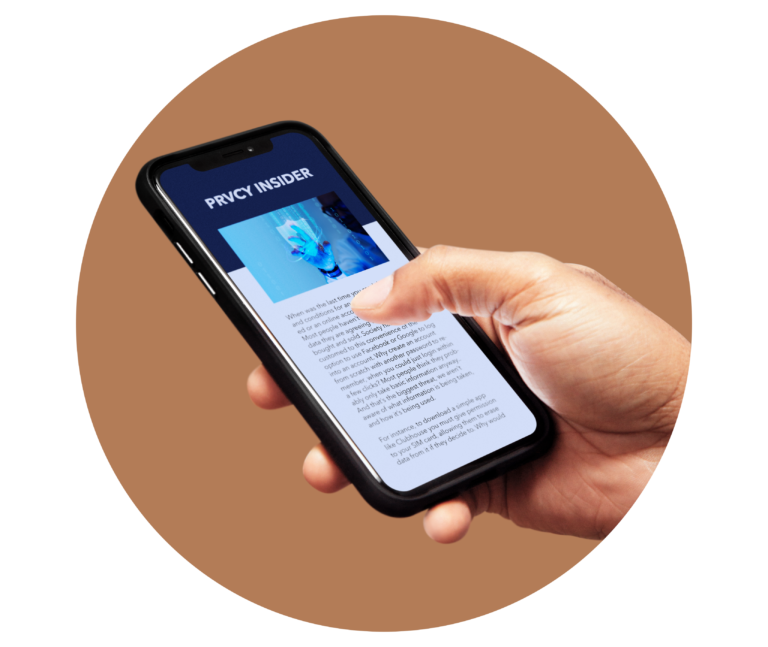What are the symptoms of digital burnout, and why is it crucial to address this issue?
Digital burnout can significantly harm the well-being of young professionals. It leaves them feeling disengaged and unmotivated, ultimately eroding their self-confidence and hindering their willingness to actively pursue career-advancing opportunities, such as further training or networking events.
Moreover, a striking 76% of workers report that digital burnout negatively impacts their relationships. It is also suggested that digital burnout within one’s career can lead to neglecting various aspects of physical and mental health, including a lack of time for friends, decreased motivation for exercise and a healthy diet, and the abandonment of hobbies. The consequences of digital burnout can be severe, leaving young professionals feeling trapped both in their professional and personal lives. Preventing it has become imperative.
One of the initial steps in combatting digital burnout is recognizing its symptoms. The World Health Organization has categorized these symptoms into three areas:
1. Feelings of energy depletion or exhaustion.
2. Increased mental distance from one’s job, or feelings of negativism or cynicism related to one’s job.
3. Reduced professional efficacy.
Digital burnout can impair productivity, the accuracy of work, and overall job satisfaction. Paradoxically, professionals may find themselves working longer hours in pursuit of career advancement, as they still harbor an underlying desire to reach senior positions. Unfortunately, working longer hours often exacerbates burnout, creating a vicious cycle.
Burnout and chronic stress are typically most associated with an inability to pay attention, focus or concentrate. This is because our bodies naturally handle stress by narrowing our focus, in order for us to properly assess and deal with the cause of the stress. However, our bodies aren’t designed to deal with this narrowing of focus for long periods of time.
Technology doesn’t help us either. The simple act of just receiving a notification is enough to severely distract you, even if you ignore it, and notifications from our phones cause ADHD-like symptoms.
Another prominent symptom of burnout involves a noticeable decline in motivation related to your job. This may manifest as a reluctance to complete even the most fundamental tasks at work or a struggle to muster the energy to get out of bed in the morning. This dwindling motivation is often linked to a form of depression, and the pervasive use of technology, including social media, can exacerbate this condition. Research has connected depression to extensive internet and social media usage.
Furthermore, as digital burnout takes hold, stress levels soar. While occasional stress is a part of life, prolonged exposure to it can have severe consequences on physical and mental well-being. This includes:
headaches, heartburn, insomnia, high blood pressure, infertility, depression, anxiety, weakened immune systems, and fatigue, among other common issues.
Therefore, any combination of these signs could be linked to digital burnout. With a substantial 60% of young professionals already feeling overwhelmed by the pressure to succeed, digital burnout only exacerbates these conditions.
Ten Steps to Prevent Digital Burnout
In light of the potential impacts on productivity, employee morale, and the company’s overall performance, it is imperative for employers to collaborate with their employees to address digital burnout. As a responsible professional, it is equally vital for you to take proactive steps to prevent or manage digital burnout and safeguard your career progression. Here are ten proactive measures to achieve success:
#PRVCYTips
Establish and Maintain a Routine
Maintaining a consistent daily schedule is crucial. Even though remote work offers flexibility, losing your routine can be a trigger for digital burnout. A structured work schedule is not only beneficial for your mental well-being but also reduces the risk of overworking. It paves the way for a healthier work-life balance.
Take Screen Breaks
Burnout often stems from prolonged, intense screen time. Your body and mind require regular breaks during the day, whether it’s for a quick walk, a drink break, or brief exercise sessions. Additionally, ensure you take vacations to detach from digital work demands. A change of scenery and time spent in the real world can rejuvenate your body, mind, and soul.
Reduce Personal Screen Time
The surge in recreational and entertainment screen time, especially during the pandemic, can exacerbate digital burnout. If you cannot reduce work-related screen time, it is essential to curtail leisure screen time. Allocate more time to interact with real people and engage with your physical surroundings. Implementing a screen-free hour before bedtime can contribute to improved well-being.
Embrace Balance
Reducing screen time is one aspect of a balanced lifestyle. Prioritize regular exercise and maintain healthy sleep patterns to support your mental health at a hormonal level. Nourishing your body with proper nutrition can reduce irritability, even when you spend significant time in front of screens. These simple lifestyle adjustments can help mitigate burnout’s impact.
Foster In-Person Connections
Remote workers are susceptible to digital burnout due to unpredictable schedules and limited face-to-face interactions with colleagues and clients. Whenever feasible, consider returning to the office for at least one day a week. This practice can alleviate stress and alleviate burnout symptoms associated with isolation.
Prioritize Well-Being
While a successful career is essential, it is just one facet of your life. Learning to prioritize your health and family can diminish the influence of digital burnout triggers. This shift in focus will grant you greater control over the situation, yielding benefits in all aspects of life and positively influencing your career aspirations.
Opt for Offline Training
For young professionals striving to excel in their field, self-development is paramount. While eLearning and online courses offer valuable opportunities, offline training is indispensable for combating screen fatigue and digital burnout. Interactive exercises with others keep your mind engaged and enhance retention.
Avoid the Comparison Trap
Comparing yourself to others, whether in the real world or on social media, can lead to negative thoughts and heightened stress levels. Known as the “Comparison Trap,” this tendency can make you feel the need to achieve more. However, pushing yourself in such situations may lead to digital burnout rather than success.
Pursue Your Passion
Digital burnout is more likely to occur when you’re not aligned with your true career path. If you’re not currently pursuing a fulfilling career, it’s time to make a change. When your efforts align with your passion, the sacrifices become worthwhile, and you’re less likely to experience the final stages of burnout.
Seek Help When Needed
Mental health is a growing concern, with reports of anxiety and depression on the rise. Digital burnout plays a significant role in these issues. If you’re experiencing digital burnout, consider consulting a doctor or healthcare professional to gain a deeper understanding of your situation and explore healthier solutions.
Digital burnout symptoms can vary from person to person, and it’s important to pay attention to these signs in order to take timely action to prevent and heal. This may mean taking conscious breaks from digital devices, reserving time for personal relationships and offline activities, and developing strategies to manage stress.












